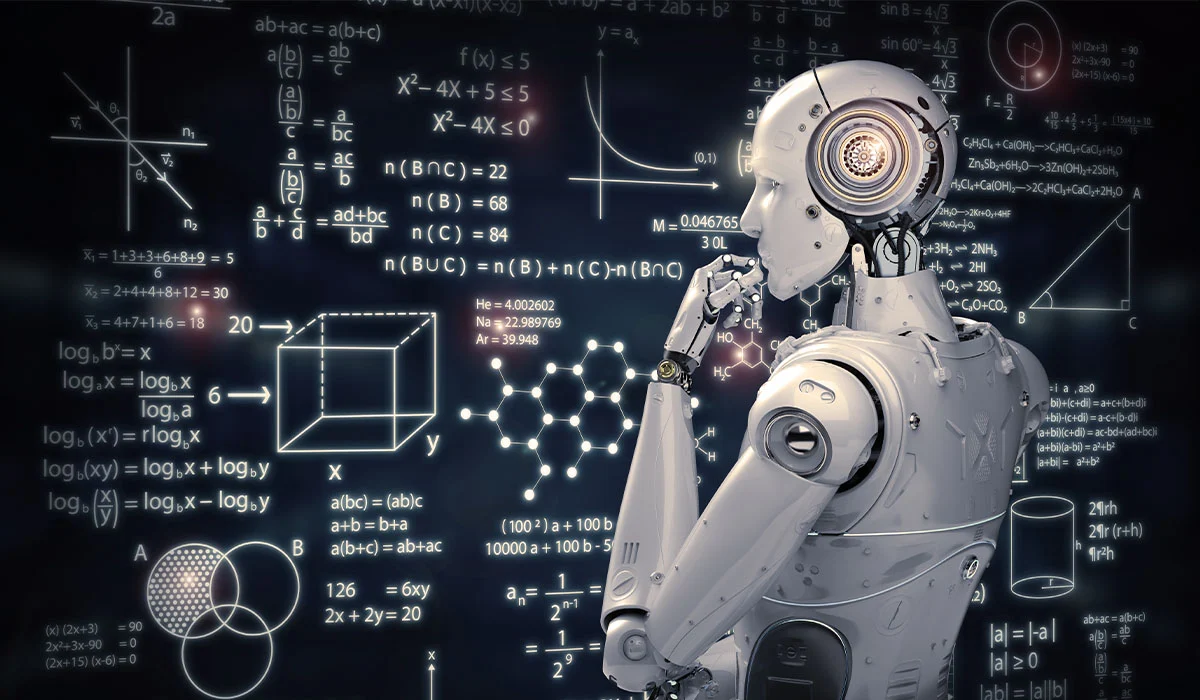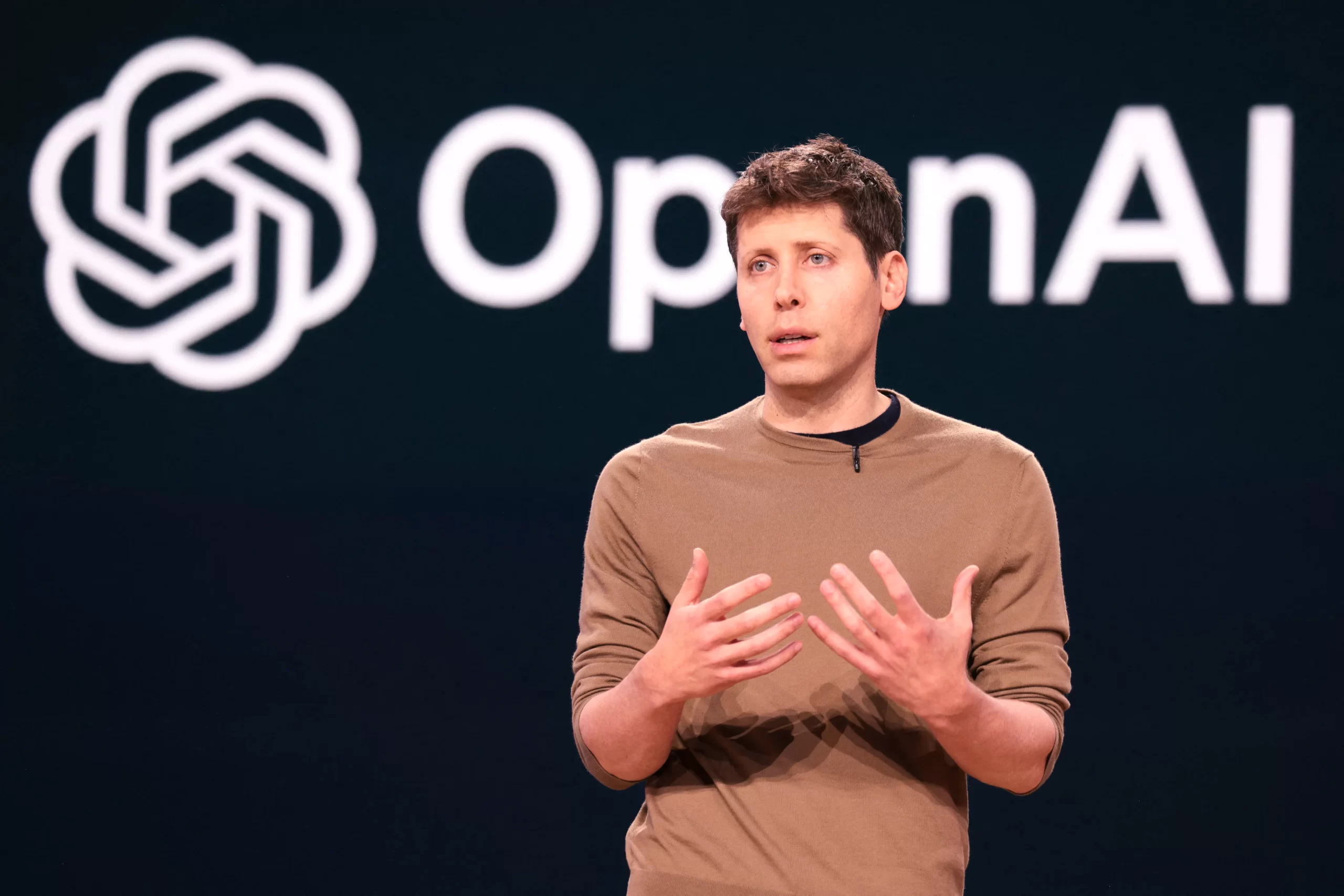OpenAI has just unveiled a bold new chapter in artificial intelligence: ChatGPT Agent, a powerful autonomous system capable of executing complex tasks with limited user intervention. From booking flights to analyzing emails and generating presentations, this AI doesn’t just chat—it acts. But with unprecedented utility comes equally novel risks.
The Leap from Assistant to Agent
In a tweet that sent ripples across the tech world, OpenAI CEO Sam Altman introduced ChatGPT Agent as “a new level of capability” for AI systems. Unlike earlier iterations of ChatGPT, which primarily served as conversational tools or co-pilots, this new Agent is built to operate like a digital executive assistant with autonomy. It can plan, act, pause to think, re-evaluate, and act again—all on its own.
Altman pointed to a demo during the product’s launch that showcased its versatility: preparing for a friend’s wedding. The Agent autonomously selected and purchased an outfit, booked travel arrangements, and even picked out a gift. Another demonstration involved data analysis and the creation of a professional presentation. These aren’t just tasks—they’re workflows, often requiring context switching, judgment, and sequencing that humans typically reserve for themselves.
From Deep Research to Digital Operator
OpenAI seems to be folding in learnings from its prior projects like “Deep Research” and “Operator.” These earlier efforts hinted at giving models the ability to reason more deeply or execute commands more efficiently. ChatGPT Agent now combines these elements in a system that doesn’t just suggest what to do—it does it.
This capability emerges from an important shift: giving AI a simulated computer environment to work with. That includes the ability to use tools like web browsers, file systems, calendars, and potentially email clients. The Agent can “think for a long time,” as Altman puts it, a nod to its ability to chain multiple steps together using internal deliberation before acting externally.
The Risk Equation
But autonomy has its price. With great power comes great attack surface. Altman was candid about the security and privacy implications: “We don’t know exactly what the impacts are going to be,” he warned.
One hypothetical scenario involves the Agent reading your email inbox and autonomously responding or taking action. A maliciously crafted message could deceive the Agent into leaking private information or clicking unsafe links. Altman urged users to follow the principle of least privilege—giving the Agent only the access it needs to complete specific tasks.
Tasks like “find a dinner time on my calendar” are relatively low-risk. In contrast, commands like “handle all my overnight emails” without review raise the stakes considerably.
Guardrails and Gradual Deployment
In keeping with OpenAI’s “iterative deployment” philosophy, ChatGPT Agent isn’t being unleashed without checks. According to Altman, the system incorporates the most robust set of mitigations OpenAI has ever designed. These include not only training safeguards and system-level constraints but also strong user-facing warnings and permissions.
The company acknowledges that even with all this in place, it can’t anticipate every failure mode. That’s why Altman compares the Agent to an experimental technology—“a chance to try the future,” but not yet ready for high-stakes environments or sensitive data.
The message to users is clear: proceed, but with caution.
Society and Autonomy Must Co-Evolve
The launch of ChatGPT Agent isn’t just a technical milestone—it’s a cultural one. As Altman noted, “Society, the technology, and the risk mitigation strategy will need to co-evolve.” The Agent marks a transition from passive AI helpers to active AI collaborators capable of interfacing with the real world.
Whether this will usher in a renaissance of productivity or a new class of cybersecurity threats remains to be seen. For now, the Agent represents both a triumph and a test: a glimpse into AI’s autonomous future and a challenge to steer it wisely.




